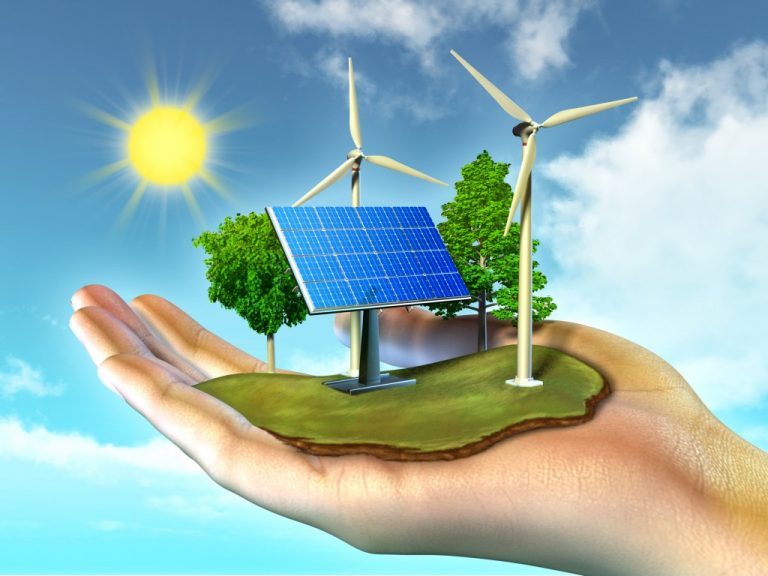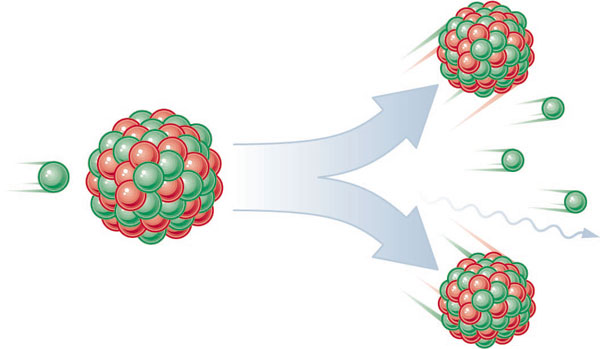Science | 2 year AGO
Future Renewable Sources of Energy

Renewable energy has never been a debated topic or vital topic than it is now. It is quite thought provoking that many governments, industries, enterprises, and individuals worldwide have begun to recognize the need for more renewable energy. But how should clean energy be defined?
It is now critical that we maximize our usage of renewable and sustainable energy sources. We must address the issues of global warming, health impacts, and the long-term viability of fossil fuel reliance. Solar power, thankfully, is getting more affordable, and many countries have chosen to invest in solar panels and other sources of renewable energy.
The United States, for example, boasts six of the top ten largest onshore wind farms in the world, while the United Kingdom leads the way with six of the top ten highest capacity offshore wind farms. In addition, France has lately begun to transition away from nuclear power, which has provided 75 percent of the country's energy for the past few years.
The different types of renewable source of energy that we should be using on future are given as below:-
- Solar energy
Sunlight is most abundant and accessible energy source. The amount of solar energy that reaches the earth's surface in a single hour is sufficient to meet the planet's whole annual energy requirements. The quantity of solar energy we can utilize varies on the time of day, the season of the year, and our geographic location, despite the fact that it looks to be an ideal renewable energy source. In the United Kingdom, solar energy is becoming a more popular way to augment your energy usage.
- Wind energy
Wind energy is a plentiful and environmentally beneficial source of electricity. As wind power contributes more and more to the National Grid, wind farms are becoming more common in the United Kingdom. Wind energy is produced or in other words it is harnessed using turbines to drive generators, which then feed electricity into the National Grid.
- Hydro energy
One of the most economically developed renewable energy sources respective to future use is hydropower. By creating a dam or barrier, a large reservoir can be used to create a regulated flow of water that will drive a turbine and generate power. This energy source is often more reliable than solar or wind power (especially if tidal rather than river-based), and it also allows electricity to be stored for use during peak demand periods. Hydro, like wind energy, can be more practicable as a commercial energy source in some cases (depending on the type and compared to other sources of energy).
- Biomass energy
This is the process of converting solid fuel from plants into energy. Although biomass is basically a method of generating electricity in which there is burning organic materials, it is now a much cleaner, economical and more energy-efficient process. Biomass energy is the energy which converts agricultural, industrial, and household waste into solid, liquid, and gas fuel at a far lower economic and environmental cost.
Concluding everything, this can be said the number of renewable energy sources is likely to grow in the future as demand for electricity rises. This will lower the cost of renewable energy, which is good for the environment and good for our wallets.
Want access to expert academic guidance — for free? When you create your free Vnaya account, you will have an option to ask a Question, Book a Demo session, talk to our Academic Experts, and get Professional Parenting Support —all for Free! Our Academic Counselor will help you learn how to improve your academic performance by assessing your learning style and curating a personalized lesson plan for you!
Sign up for your Vnaya account today to get a boost on your academic quest.















Post a Comment: